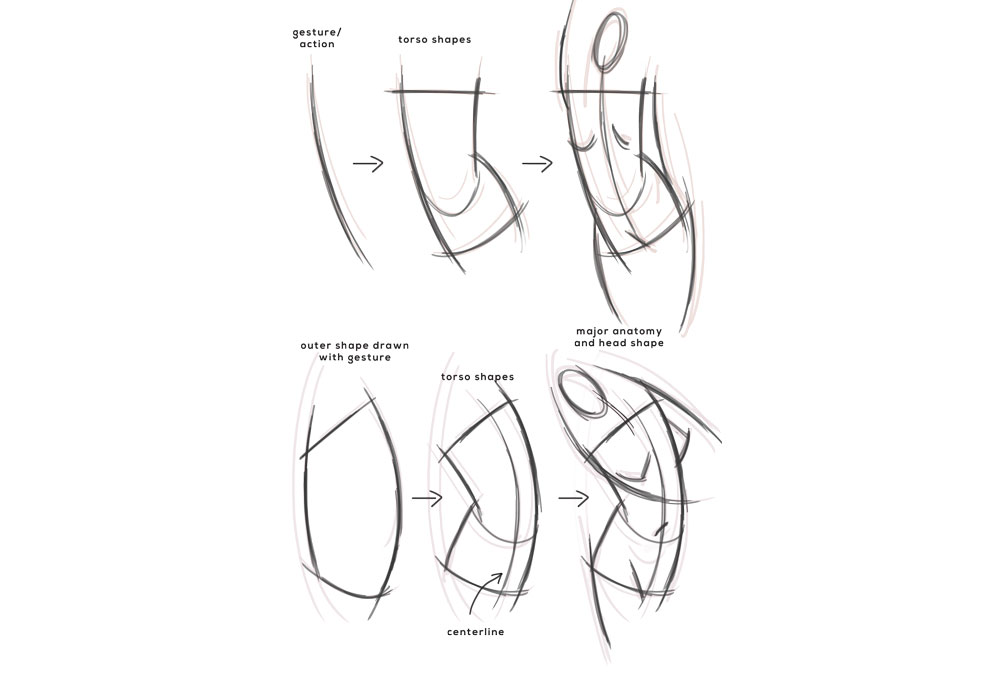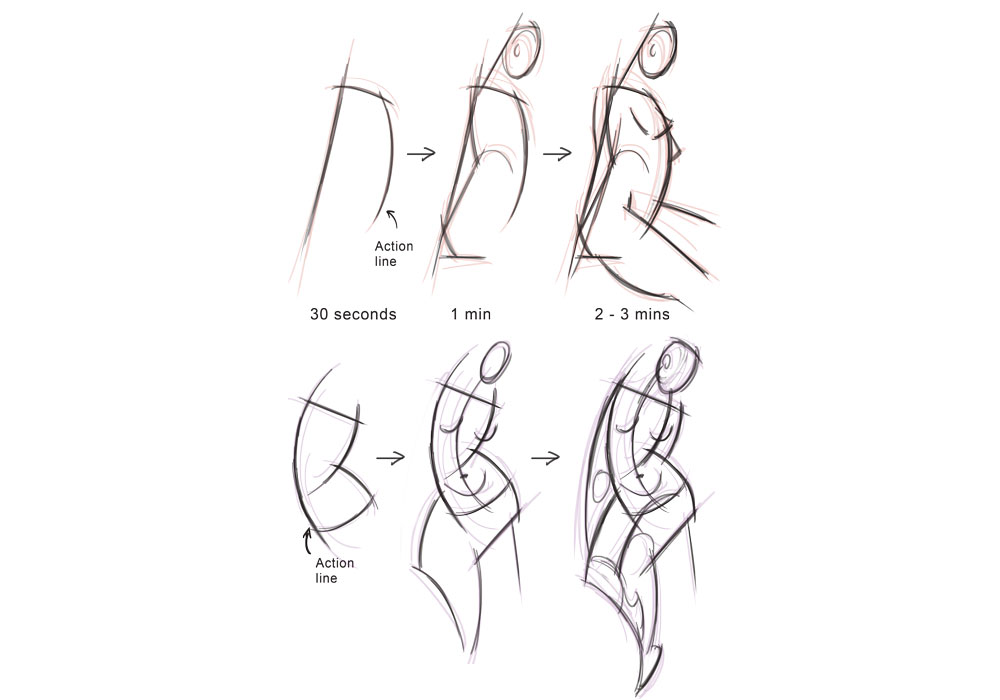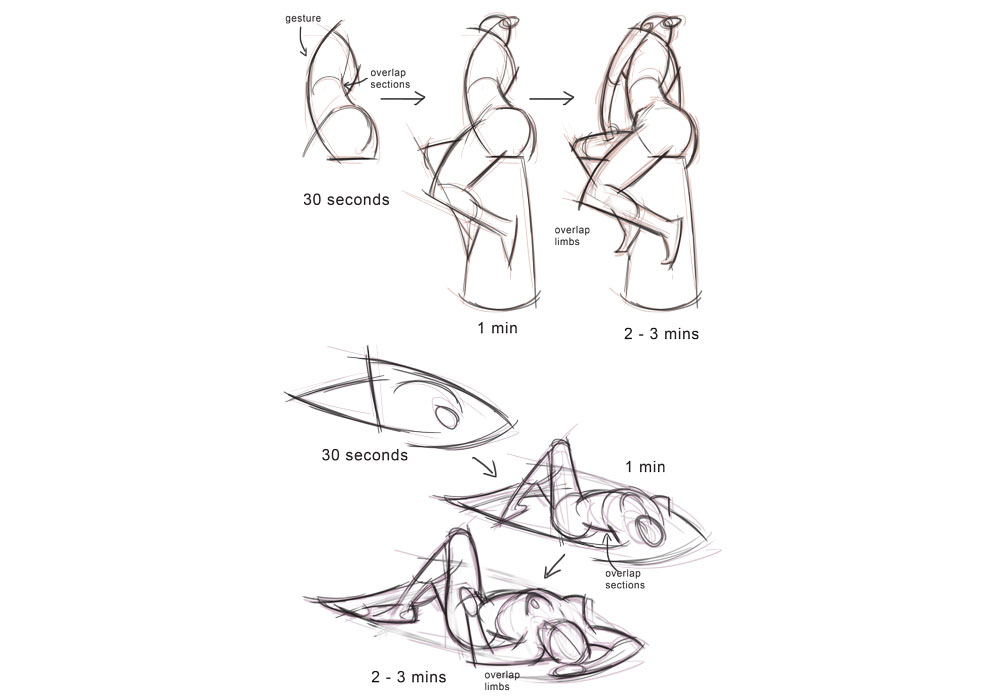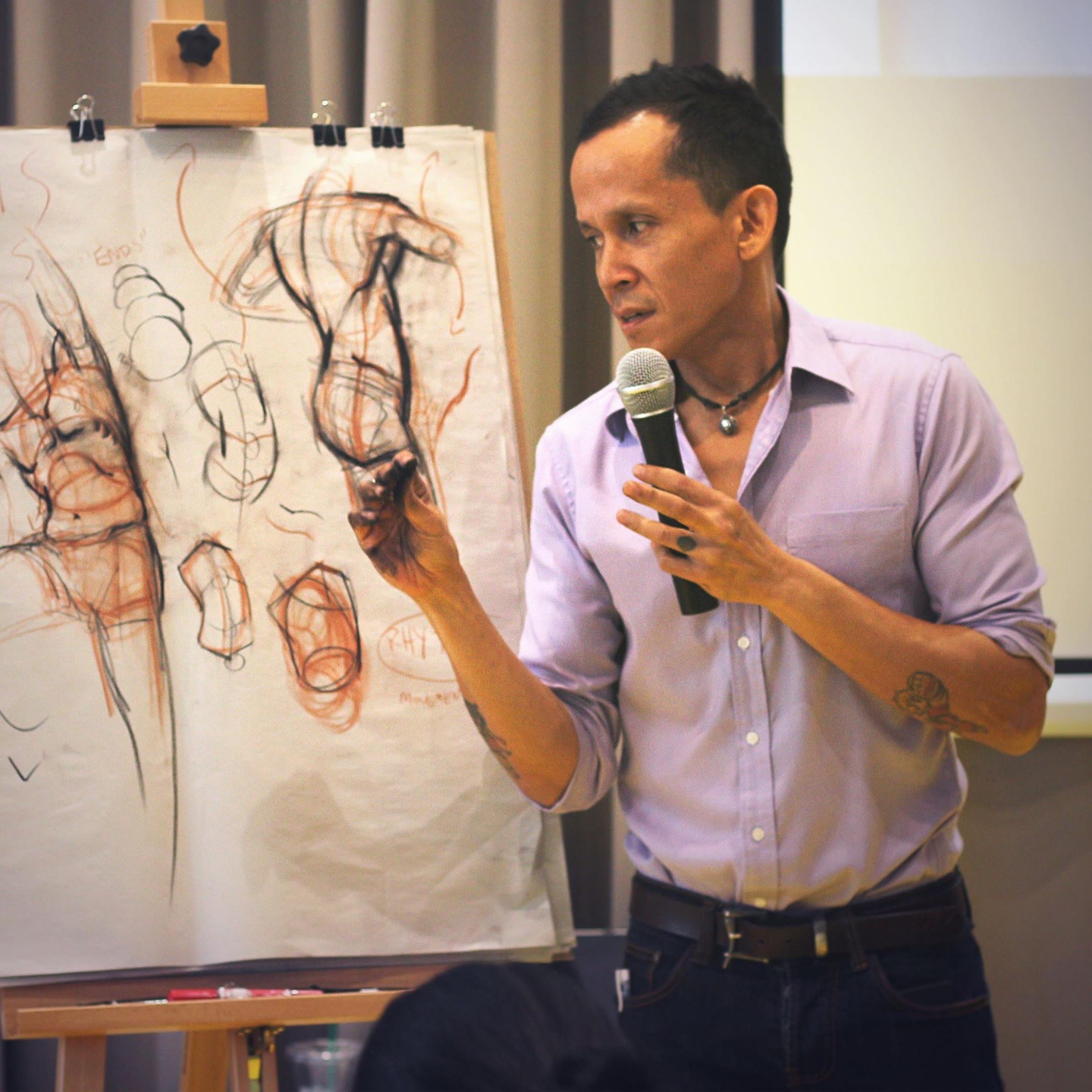Speed draw: Draw a figure in under 3 minutes
This speed draw activity is the ideal life warm-up for life drawing.
Embarking on a speed draw is a great way to warm up your creative muscles. Any life-drawing sessions begin with a few short poses, usually around three minutes or less. However, it's useful to start every figure drawing in the ways shown in this workshop, regardless of how long the pose is. And there are many reasons for this.
Sketching quick poses provides a great warm-up for artists of all abilities, and will often give you an idea of the best way to proceed with the longer drawing sessions. It also identifies any problem areas that need to be worked on. Quick poses are great fun to do and collect together for future reference – you'll be amazed at how quickly your drawing improves.
Want more drawing content? Try our roundup of brilliant how to draw tutorials and make sure you've got the best pencils, too.
How to approach drawing the body in 3 minutes
When drawing short poses, kick things off with the torso, before adding the head, and follow the neckline down to the body. Next, define the legs since they are usually the model's base. Whenever possible, draw both legs as a single shape, then follow the outer contour starting at the hips, and move down to the feet or toes.
Approach the arms the same way the legs, grouping them into one shape as much as possible. Then follow the gesture of the arm, starting at the shoulder and end at the hand or fingertips. This usually ends up as a tapering rectangle with a simple shape for the hands. Here, we'll share some helpful tips for creating effective sketches, but remember, as with all drawing, practice is the thing.
01. Focus on gesture and shape first

The first thing to focus on is gesture. The second is shape. Gesture gives movement, while shape provides the 'read' of what you're trying to draw. Both must work together to produce an effective short-pose drawing and both are a great foundation for any drawing.
02. Get the torso right

Since the torso is the largest part of the body, try to draw it first. It's important to get this as correct as you can. Once the torso is working, you can add the head and the limbs to create the full figure.
03. Work small

Next, draw quick small sketches, around eight to ten cm in size. This forces you to focus on the overall action and 'read'. Fit as many as you can on one page of your sketchbook or drawing pad.
04. Balance 'C' curves vs straights

For every curve, try to put a straight mark at the opposite side of the figure or form. This adds life to a quick sketch, but also makes the design of the drawing much more interesting.
05. Quickly sketch with lines

When sketching using a linear approach, try to make every mark as long as possible. As always, start with the gesture, before continuing with the shape of the torso. In the time left, add limbs, indicate the head and add in more anatomy.
06. Make shapes

When drawing with shapes, connect the outer points and major forms to create a large enveloping shape. Draw the 'envelope' slowly, making sure the proportions are working. Then continue to add limbs and details with the time you have remaining.
07. Consider tips for seated poses

For seated poses, emphasise the area where the figure contacts the surface. Use straight marks to create the illusion of weight and gravity, as this grounds the figure. Once this contact is working, continue with your quick sketch.
08. Tips for reclining poses

Like a seated pose, establish the contact area first. If there are many contact points, start with the part of the torso and/or legs that make contact first. As you draw, include other smaller areas that contact the surface.
09. Tips for side views

Because there is less to draw in a side view, there's usually more time to add detail. With these details, add and emphasise as many overlaps as possible. Make the overlaps darker to help push the feeling of depth. Read the next tip for more on overlaps.
10. Work on overlaps

Overlaps are a great tool for foreshortened poses. For these poses, draw the torso as three separate sections so I can emphasise overlaps. When the torso is working, add the limbs, which you can then use as tools for more overlaps. The helps create a sense of depth and 3D space.
This content originally appeared in Paint & Draw: Anatomy. You can buy the Anatomy bookazine here. Or explore the rest of the Paint & Draw bookazines.
Read more:
Daily design news, reviews, how-tos and more, as picked by the editors.
- How to draw a torso
- The best sketchbooks to make you a better artist
- How to draw a character in pen and ink

Chris is obsessed with figure drawing and painting. He loves sharing great information on art, picture-making and topics like which paint brush to use.
